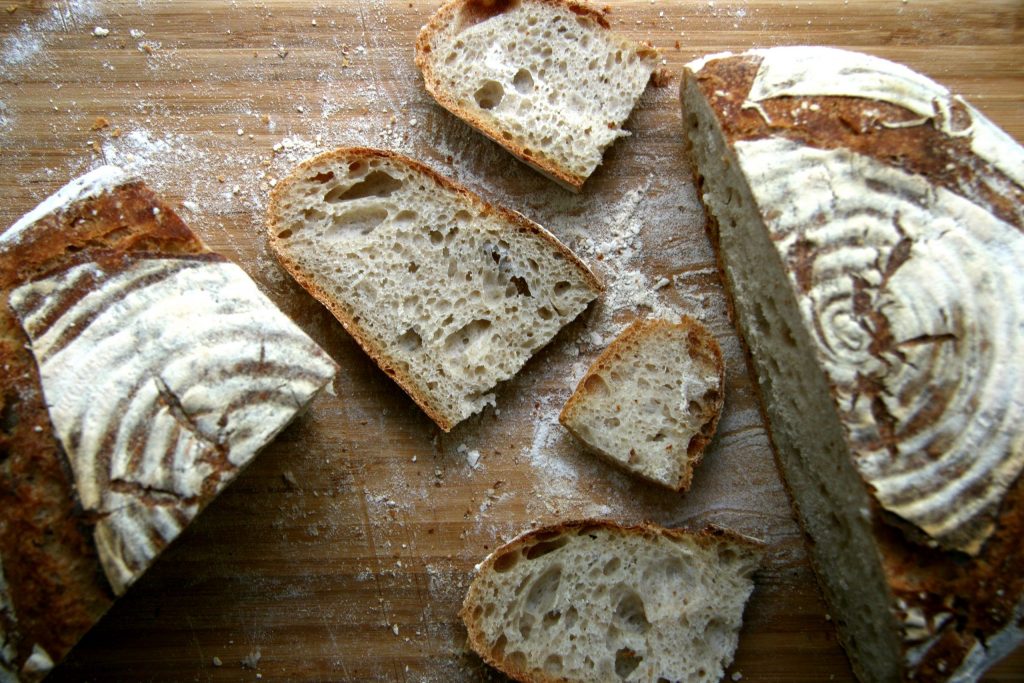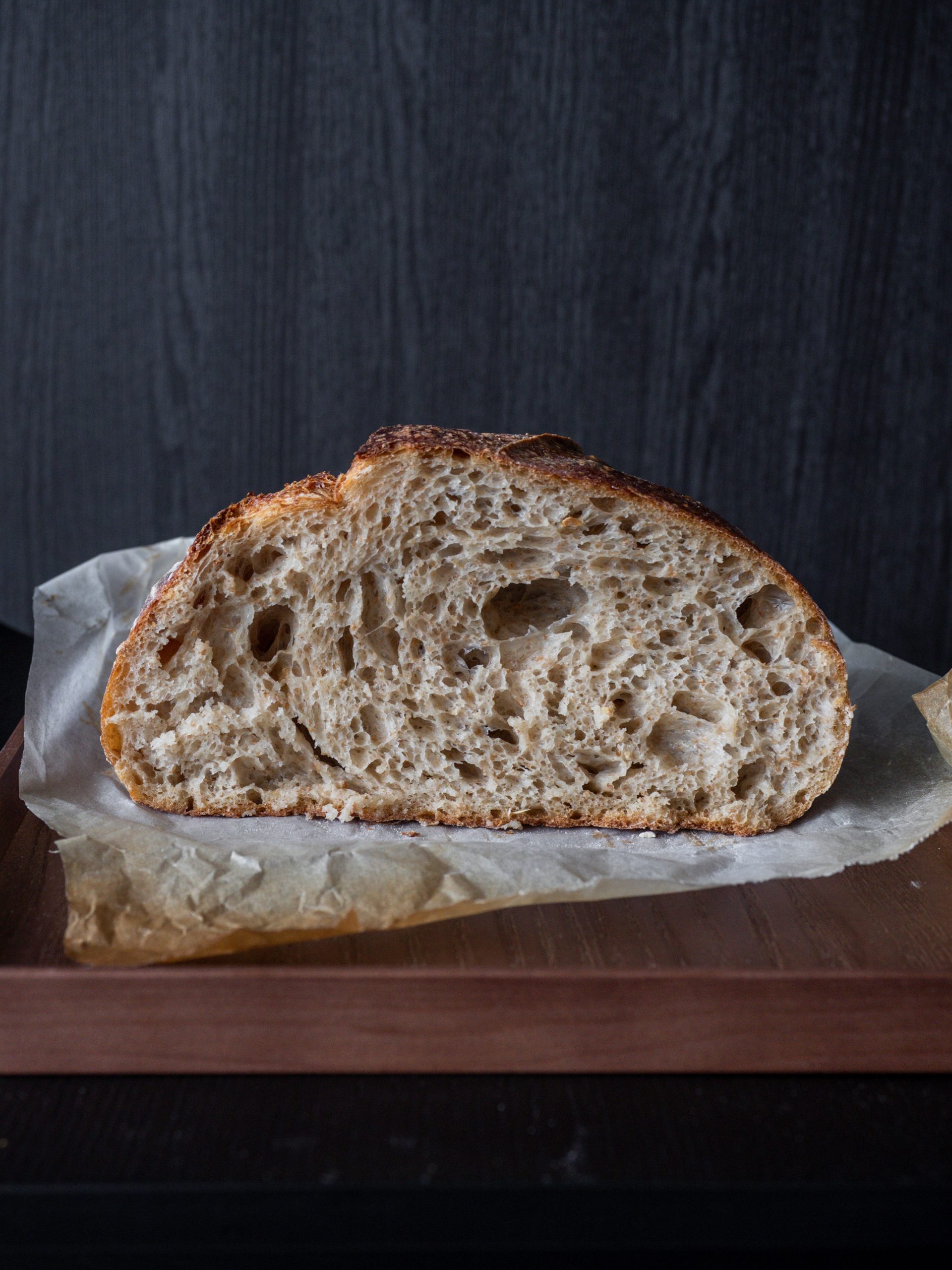Review: Eric Pallant’s Sourdough Culture Book
Review: Sourdough Culture Book Review

How does a starter start? What are the origins of a beginning? Questions such as these animate Eric Pallant’s eminently readable new book, Sourdough Culture: A History of Bread Making from Ancient to Modern Bakers.
Part memoir, part historical account, part cookbook, Pallant’s book contains many ingredients kneaded together into something unexpected and new. Pallant’s personal journey with bread-baking is interwoven with a globe-trotting history of this dietary staple, as well as food science, microbiology, and some of the author’s favorite bread recipes, to produce a genre-defying narrative.
Pallant, a professor of environmental science and sustainability at Allegheny College, was inspired to write the book by his relationship with his own sourdough starter. Pallant has been baking with this particular starter for decades, ever since a colleague’s wife gifted him a portion of it at a picnic in the summer of 1988. The years that Pallant spent with his starter lent it the power of a trusted companion, a “living heirloom,” and he was gripped by the need to know its origins, its true age, the history imbued in its cells.
Through contact with the man who gave the starter to Pallant’s colleague, Pallant came to believe that his starter originated during the lesser-known Colorado gold rush of 1893, making it over a century old. Filled with wonder at the notion of such a venerable culture and the history it was likely steeped in, Pallant dove headlong into the history of sourdough bread.
He began with life in the earliest known civilization, moving from there to ancient Egypt, ancient Rome, both the French and Industrial revolutions, and into the modern-day: when the baking and consumption of sourdough bread became a widespread coping mechanism in the face of the COVID-19 pandemic.

The pleasure of Pallant’s linguistic maneuvers is undeniable; the implications of the title, in which the word culture signifies the fullness of humanity as well as its scientific usage, is just one such strategy. Again and again, he nimbly deploys analogies, metaphors, and double meaning to emphasize the rich significance of bread—as a means of survival, yes, but also as an essential component of culture.
Most of us have learned the history relayed in the book, but by telling these stories through the lens of bread, Pallant breathes new life into them. His evocative descriptions, mouthwatering accounts of steaming golden crusts fresh from the oven, finely detailed but usually accessible portrayals of the varied machinery of bread-making throughout history, draw the reader into a spiral of sensation.
Although Pallant’s mechanical and scientific descriptions are, for the most part, accessible to the casual reader, at times he gets bogged down in the minutiae. The paragraphs of fastidious detail can drag and strain the average attention span. Additionally, although Pallant’s personal experiences usually enhance the narrative, at times his opinions become intrusive. Particularly, his stark disdain for the mass-produced, additive-laden bread of the industrial era is abrasive; in this case, his self-insertion detracts from his otherwise elegant writing.
The book is most effective when Pallant focuses on the wonder of the history and process of bread. His scientific details are astute, but powerfully, he does not lose sight of the magic of bread-making and the wonder of the threads that connect us. The various ingredients of Sourdough Culture are kneaded together into a treat of substance and flavor.





